Your cart is currently empty!
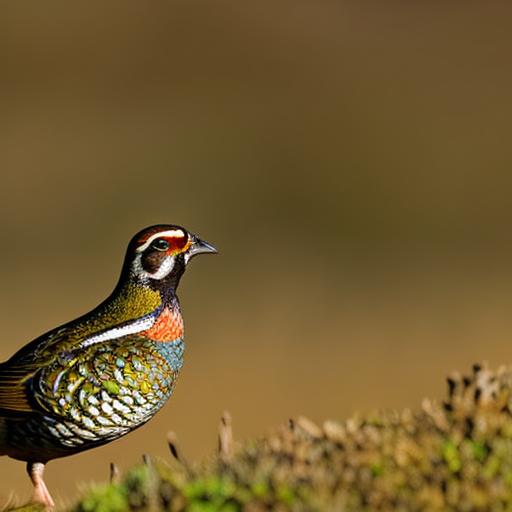
Unlock the Secret: When is the Best Time of Day to Hunt Quail?

Table of Contents
Introduction
The elusive quail! Whether you’re a seasoned pro or a budding enthusiast, we’ve all pondered the same question at some point: when’s the prime time to set our sights on these agile little birds? Trust me, figuring out the best time of day to hunt quail isn’t just about aiming and firing. It’s a dance—a blend of patience, understanding, and a bit of science. Over my years of chasing small game, I’ve noticed that quail hunting is quite different from tracking down other critters. The time of day can drastically shift your chances from “maybe next time” to “jackpot!
Now, before you wonder if there’s a magical hour hidden in some old hunter’s tale, let me break it down for you. Quail, like most creatures, have their daily routines. But these routines aren’t just habits; they’re survival techniques refined over millennia. Understand them, and you’ve unlocked a significant edge in your hunting game. So, pull up a chair, grab your preferred drink, and let’s dive deep into the world of quail and their secret schedules.
Quail Behavior and Daily Routines
Why Early Hours Are Golden: Quail’s Morning Rituals
Ever noticed how the woods come alive just as dawn paints the sky? That’s prime time for quail. These birds kick-start their day early, searching for seeds, insects, and all those little things that make up their diet. The soft glow of the morning sun not only helps them spot food but also keeps the predatory birds at bay. Their preferred locations? Open areas with a mix of grass and bare ground—think of them as nature’s breakfast nooks. Quail love spots where they can feed while having a clear line of sight against any sneaky predators.
The Midday Lull: Resting and Reclusiveness
By the time the sun’s blazing in full swing, quail are all about that siesta life. And who can blame them? The midday heat isn’t just uncomfortable; it’s energy-draining. Quail, being the smart creatures they are, save their energy by becoming inactive and seeking shelter in denser vegetation. They’re not just avoiding the heat; they’re also sidestepping any predators that might be on the prowl. Now, you might be wondering, “What do seasoned hunters do during these quiet hours?” We adapt. It’s a good time to scout, plan, and maybe even share a story or two with fellow hunters. Remember, patience is the name of the game.
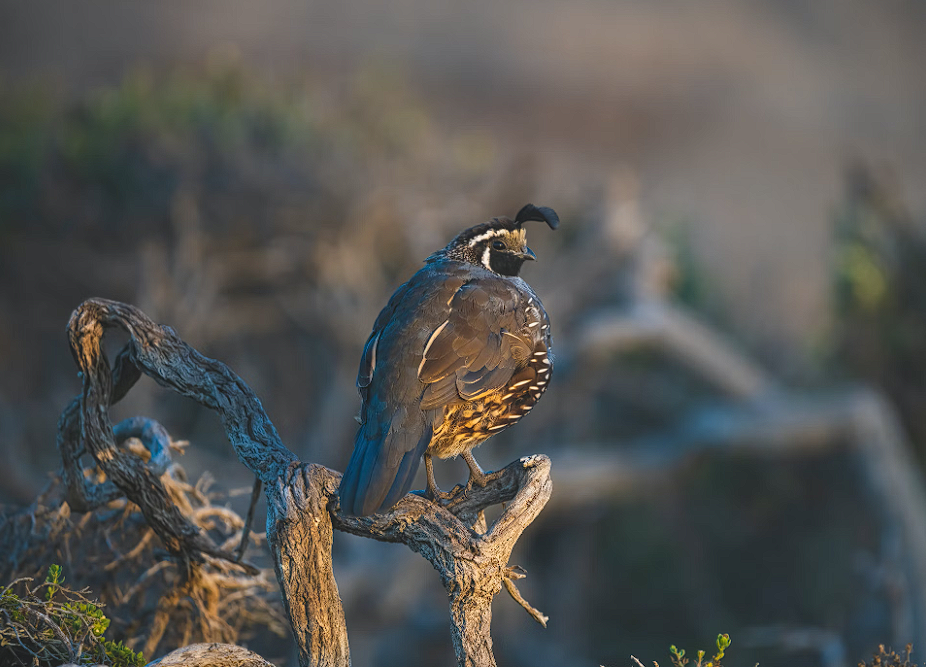
Evening Resurgence: Quail’s Last-Minute Foraging
As the sun begins its descent, casting long shadows and bathing the woods in a warm glow, quail are back on the move. Evening sees a resurgence in their activity, and it’s all about the food. It’s their version of a last-minute supermarket run before closing time. The flocks are on the move, darting about, filling up their bellies to prep for the night. For us hunters, this is the second golden window. With the birds out and about, it’s our chance to position ourselves strategically. Leveraging the dusk doesn’t just mean a possible successful hunt, but also witnessing nature in its purest form: a dance of shadows, light, and life.
Factors Affecting Quail Activity
Seasonal Considerations: The Calendar’s Impact on Quail Behavior
Each season brings its own charm, and with it, its unique challenges and advantages for us hunters. When you think about winter, you might visualize snow-blanketed grounds and quail huddled together for warmth. It’s a time when their primary concern is survival. Food is scarce, and they’re more likely to form coveys, or groups, to fend off the cold and predators. Contrast that with the abundance of summer: insects aplenty, seeds scattered around, and quail frolicking in the sun. It’s like comparing a strict budgeting month with a festive bonus payday!
As for migratory patterns, while quail aren’t your typical long-distance migrators, they do shift locations based on food availability and weather conditions. This slight movement, more of a shuffle in their territory, is essential to note as it can impact where you’ll find them.
Weather’s Role: Rain, Wind, and Temperature’s Play in Quail Activity
Mother Nature, with all her whims and fancies, plays a pivotal role in our hunting escapades. Ever noticed how quail go unusually silent during a rainstorm? It’s not just because they’re seeking shelter. Wet conditions affect their ability to fly, making them easy prey. So, they lay low, quite literally, and wait it out.
Wind, while a tad more subtle, has its effects too. A strong gust can drown out the soft calls of quail, making communication within a covey a challenge. And if it’s too blustery, these lightweight birds might find flying a bit of a chore.
When it comes to the ideal temperature for a quail hunt, think of a pleasant spring or fall day. Quail, like us, aren’t too fond of extremes. Mild conditions mean they’re out and about, searching for food or enjoying a dust bath.
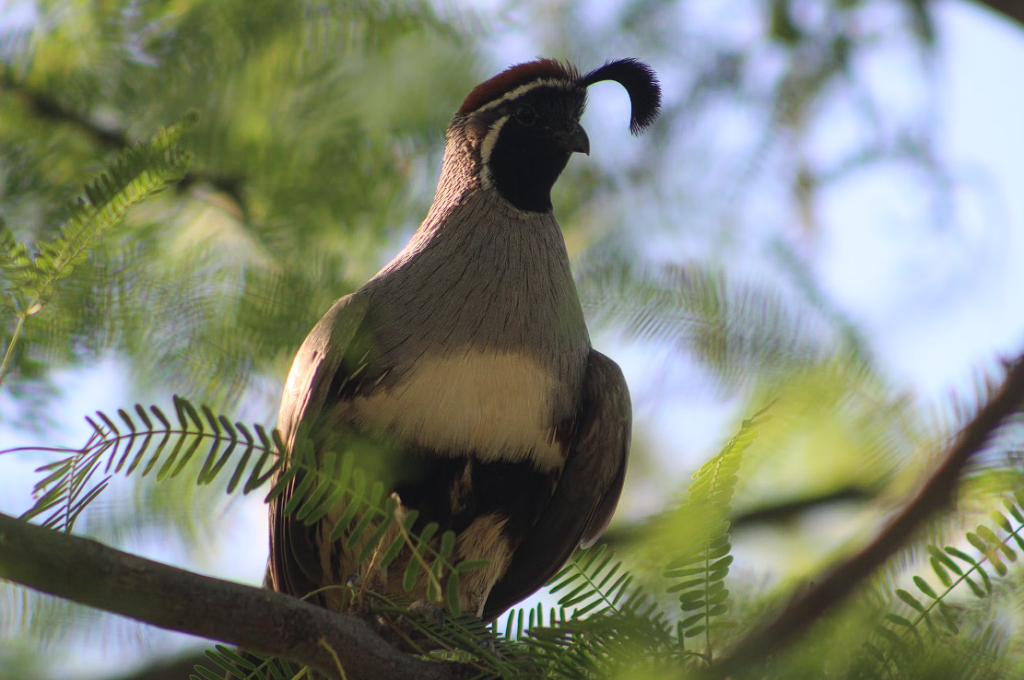
But what do you do when conditions are less than ideal? When it’s drizzling or the wind’s playing tricks? Well, adaptability is a hunter’s best friend. Wet conditions? Check the ground for fresh tracks. Windy day? Position yourself downwind so any noise you make gets carried away from potential hunting spots.
Remember, while the weather sets the stage, it’s your knowledge and instincts that truly make the hunt.
Equipment and Preparation for the Ideal Hunt
Gear Adaptability: Suiting Up for the Time of Day
Just as you wouldn’t wear sunglasses at night, when hunting quail, your gear should match the time of day. In the early morning, when the sun is low, consider eyewear that enhances visibility in lower light. As midday approaches and the sun climbs, a good hat and polarized shades will help you spot quail without squinting against the glare.
Camouflage Mastery: Playing with Sun and Shadows
Speaking of the sun, ever thought about how its position affects your visibility? Your prey, the quail, are experts at staying hidden. So, think like them! The sun can either be your ally or your snitch. In the morning, avoid casting long shadows that might give away your position. As the day progresses, use the changing light to your advantage. Select camouflage that breaks up your outline and blends seamlessly with the season and surroundings. Remember, it’s not just about hiding; it’s about becoming a part of the landscape.
Shotgun Tweaks: Dialing in the Perfect Shot
Whether you’re hoping to catch quail on their morning forage or during their evening feast, your shotgun needs to be as adaptable as you are. Different times and distances call for adjustments. Familiar with chokes? Tighter chokes for longer shots, especially in the open fields during the early hours, and something more open, like a modified choke, for closer, fast-paced evening encounters. Also, play around with your shot loads. Number 7 1/2 or 8 shot sizes are usually a good bet for quail.
Scouting Techniques: The Terrain Tells a Tale
Every patch of land has its own story, and for a successful hunt, you’ve got to be fluent in its language. Know where the water sources are, the thicket patches that quail love for midday rests, and those open fields that become breakfast buffets.
Now, how do you gather this intel? The old-timers would say, “use your boots,” meaning do the legwork, walk the terrain, learn its nooks and crannies. But hey, we’re in the modern age! GPS units can track potential hotspots, and drones? They give you an eagle-eye view of the land, letting you identify quail hangouts without disturbing their natural behavior.
The Early Bird Gets the Quail: Pre-Season Scouting
I cannot emphasize this enough: pre-season scouting is like doing your homework before a big test. It gives you insights into quail patterns, flock sizes, and favored spots. Plus, there’s a thrill in observing without the intent to hunt, understanding your quarry, and respecting its ways. After all, knowledge is power, and in this case, it might just lead you to the perfect hunt.
Related Questions
What calls or sounds are effective in attracting quail?
Ah, the sweet symphony of the wilderness! When it comes to quail, they’ve got a distinctive call that resembles “Chi-ca-go.” Mimicking this can sometimes pique their curiosity, drawing them in. There are commercial quail calls available, but a well-practiced whistle or even specific apps can do the trick. Just remember, subtlety is key. Overdoing it might spook them rather than attract them. It’s all about striking the right balance and being patient.
How does quail hunting vary regionally?
Ah, the age-old “location, location, location” mantra! Quail hunting definitely varies based on region. In the arid Southwest, you’ll encounter Gambel’s quail that prefer desert terrains, while the Southeast US boasts the famous bobwhite, favoring brushy fields and woodland edges. The terrain, local flora, and climate all play a part, which means strategies and techniques might need a tweak depending on where you’re hunting. So, always do a bit of regional homework before heading out.
Are there ethical considerations to be aware of when hunting quail at different times?
Absolutely! Ethical hunting is paramount. Early in the season, quail chicks might still be young and not fully independent. Disrupting or hunting during this critical period can impact the population’s future. Moreover, avoid hunting during extreme weather conditions, as this can stress the birds unduly. Every region might also have specific times set to ensure sustainability. So, always be informed and hunt within the prescribed seasons. Remember, it’s not just about the hunt, but also about respect and conservation.
Summary
Well, there you have it, folks.
After our deep dive, I hope you’ve gathered that hunting quail isn’t about sheer luck or even just skill—it’s about timing, keen observation, and understanding our feathered friends. The perfect hunt is when preparation meets that golden window of opportunity. Remember, while early mornings and late afternoons have their perks, it’s also about being adaptable and learning from every experience, every misfire, and every triumphant catch.
In this vast game of patience and strategy, I invite you to lean into the rhythms of nature. Every day out in the field, listening to the symphony of sounds, is a lesson. So, the next time you’re out there, feet on the ground, eyes scanning the horizon, think back to what we’ve discussed. You’re not just a hunter; you’re a part of the ecosystem, a player in the grand game of life. Here’s to many more successful hunts and tales to tell by the fireside. Happy hunting, everyone!

Herb has been a longtime lover of the outdoors. Whether it be hunting, camping, fishing or just getting outside to reset. Proud father and animal lover. Bourbon anyone?

by
Tags:
Comments
2 responses to “Unlock the Secret: When is the Best Time of Day to Hunt Quail?”
-
[…] The song of the quail, the hue of the sky, and the thrill of the hunt – both dawn and dusk serve as bookmarks to the hunter’s tale. Each has its merits, and the best choice often boils down to personal preference. As long as you’re tuned into nature’s rhythm, either hour can gift you with the prize of a successful quail hunt. […]
-
[…] Old Oak Syndicate website that provides valuable insights into the best time of day to hunt quail: https://oldoaksyndicate.com/best-time-of-day-to-hunt-quail/. Happy […]

Categories
- Big Game Hunting (301)
- Deer (202)
- Reviews (3)
- Shooting (16)
- Slingshot (1)
- Small Game Hunting (42)
- Upland Hunting (126)
- Waterfowl Hunting (3)

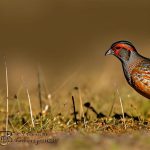
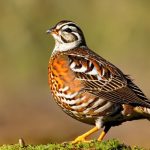
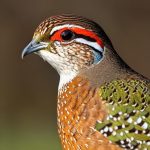
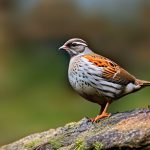
Leave a Reply